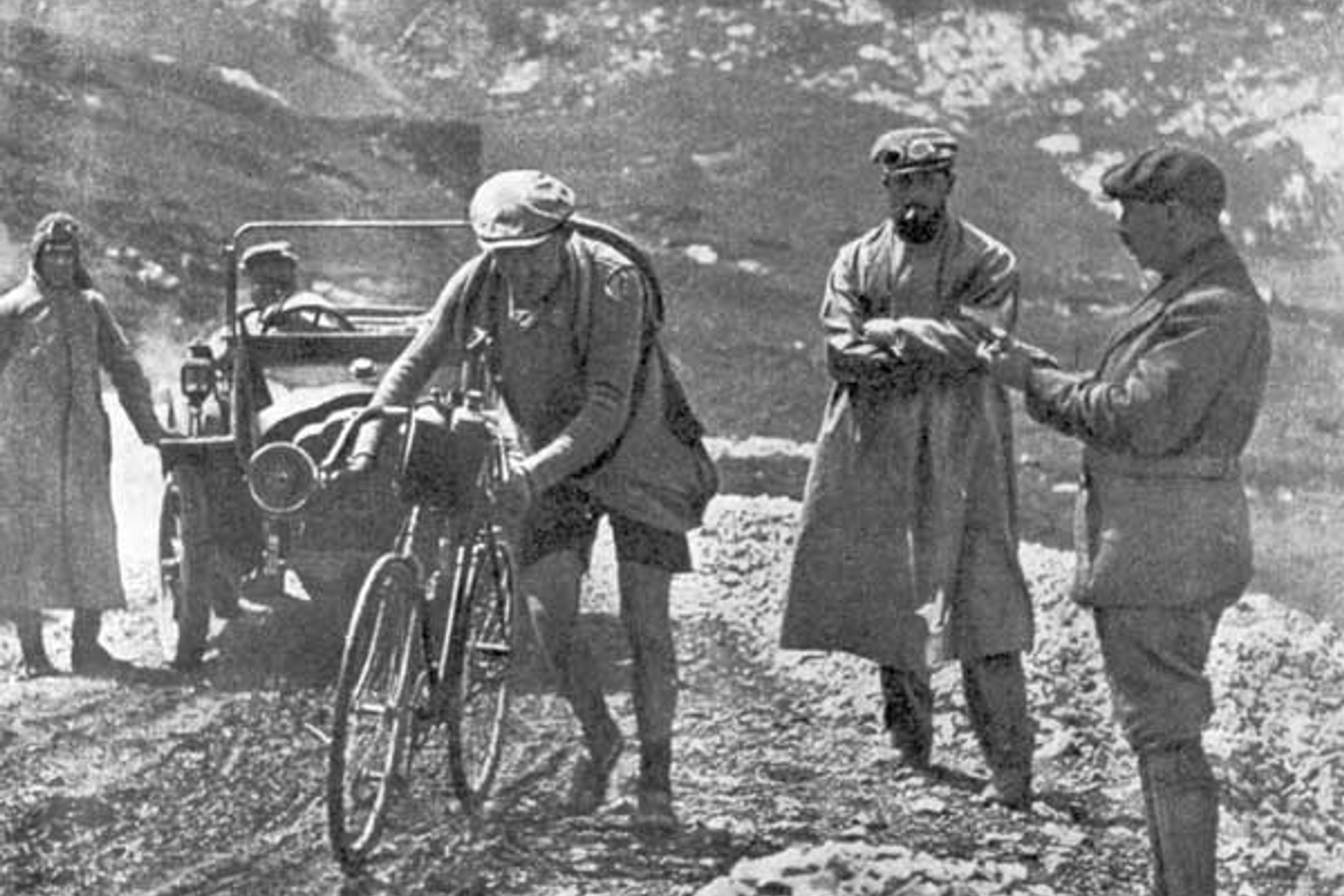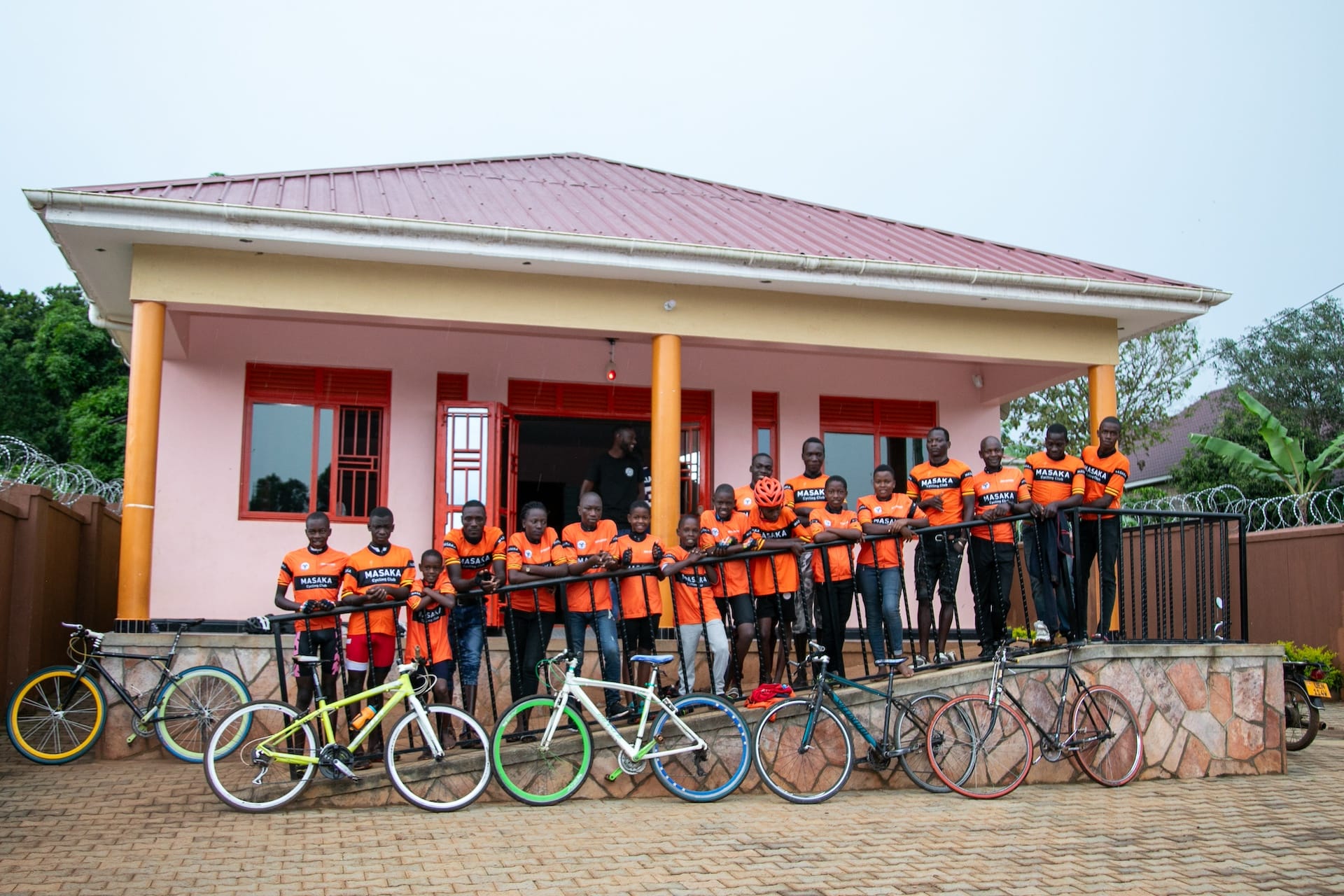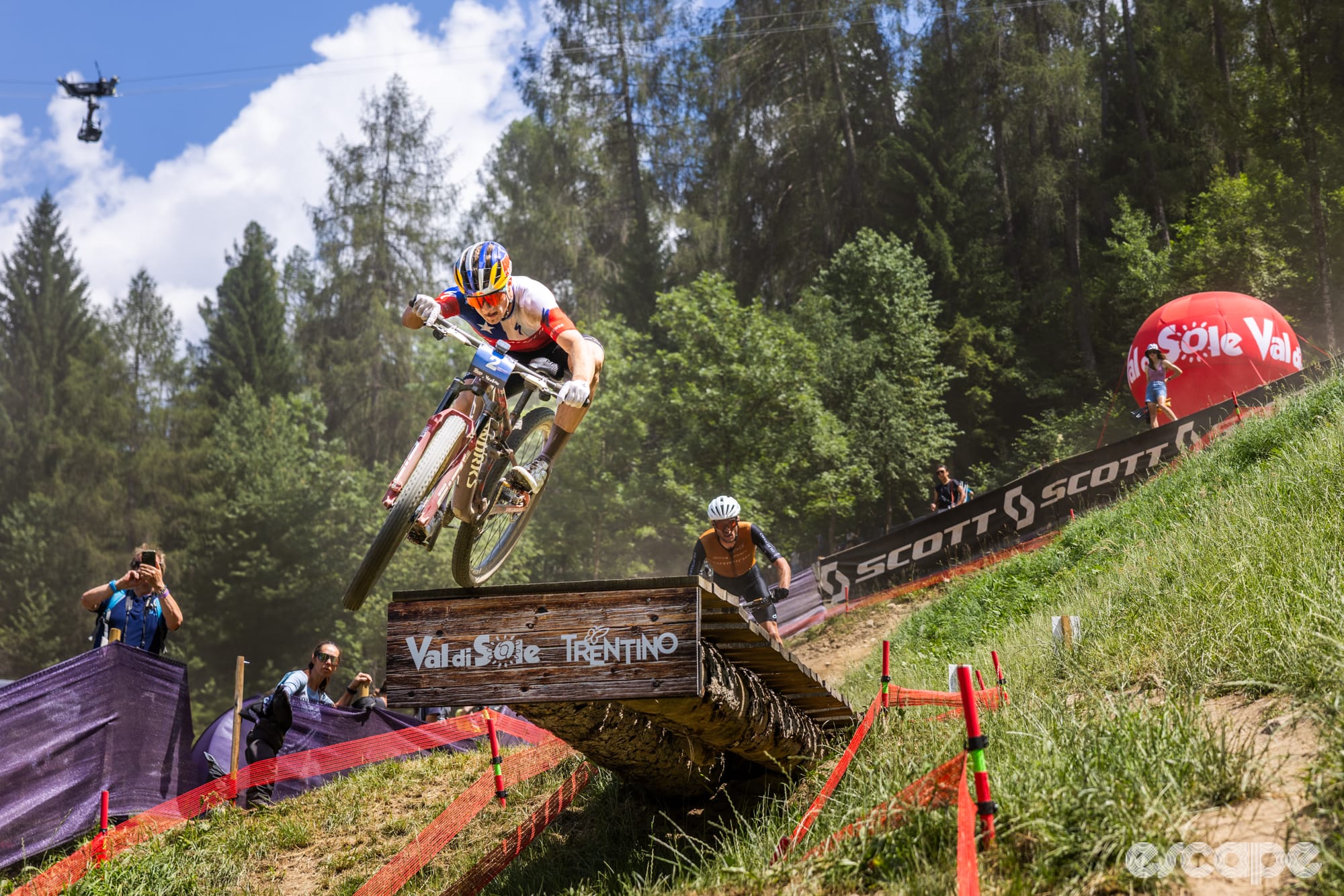It's straight into the high mountains on day four of the Tour de France. That would have pleased the man who created this event immensely because Henri Desgrange was known for being a bit of a bully, or even a sadist. He created the Tour de France in 1903 to boost sales of his newspaper L’Auto, which yes, is "car" in French. The stages were long and arduous, but the rules Desgrange implemented were even harsher. He would probably look at modern-day riders as being almost lazy.
Some of his rules were as follows. You had to start and finish the stages that were hundreds of kilometers long in the same kit. That meant that if you dressed up warmly because the start was in the middle of the night, you were not allowed to take off that warm jumper in the morning as the sun started to shine. Henri Pélissier, the winner of the 1923 Tour de France left the race the year after his win for the sole reason Desgrange forbade him to take off his sweater. Four years prior he already received a two-minute penalty for having left a spare inner tube at the side of the road. They weren’t exactly best buds. Desgrange wrote in his own paper that Pélissier lacked character.
The Tour de France Desgrange created was designed to make riders give up. He wanted the 1903 event to only have one finisher. Peter Abraham sums up a list of rules in a 2021 article on Desgrange in Rouleur:
"Desgrange banned outside assistance, spare equipment (unless riders carried it from the start), drinking more than an allotted amount and the putting on or taking off of clothes (unless riders carried them for the whole stage). Fitting a rear derailleur was, in his view, akin to motor-doping. If riders or teams found ways to contravene his rules to tackle the race in a way that he didn’t totally endorse, he would just make up some more."
Sounds like a pleasant guy. When the riders were sent up the Tourmalet for the first time in 1910, "Octave Lapize shouted “vous êtes des assasins” – "you are murderers."
Henri Desgrange is always remembered as the founder of the Tour de France but it was his young journalist, Géo Lefèvre, who had the idea to create a Tour of France with long-distance races like the then 12-year-old Paris-Roubaix. Desgrange wasn’t thrilled but the public loved it. Sales of his paper skyrocketed.
On today's stage we pass the Col du Galibier and the monument to Desgrange on top of the mountain. The first rider across the Souvenir Henri Desgrange – which is alternately the highest point in the Tour or, if it's in the race like this year, the Galibier – gets a little cash prize. In 2022 this premium went to Cofidis rider Anthony Perez.
The first rider to ever reach the top of Galibier in Tour de France history was Emile Gorget in 1911. According to one source he was one of only three riders who didn’t have to walk. In 2011 the peloton did the Galibier twice to commemorate this 100-year-anniversary. It was the first and only time the finish was on the mountain itself. Andy Schleck won that stage after a 60 km solo effort.
Or there was that one time when Marco Pantani attacked 59 km from the line in the rain over the Galibier. He won the stage and took nine minutes on yellow jersey Jan Ulrich that day in 1998. The Galibier has so many heroic stories, of both winners and everyone else in the peloton. Let’s see which legends will be written on stage 4 of the 2024 Tour.
Did we do a good job with this story?




